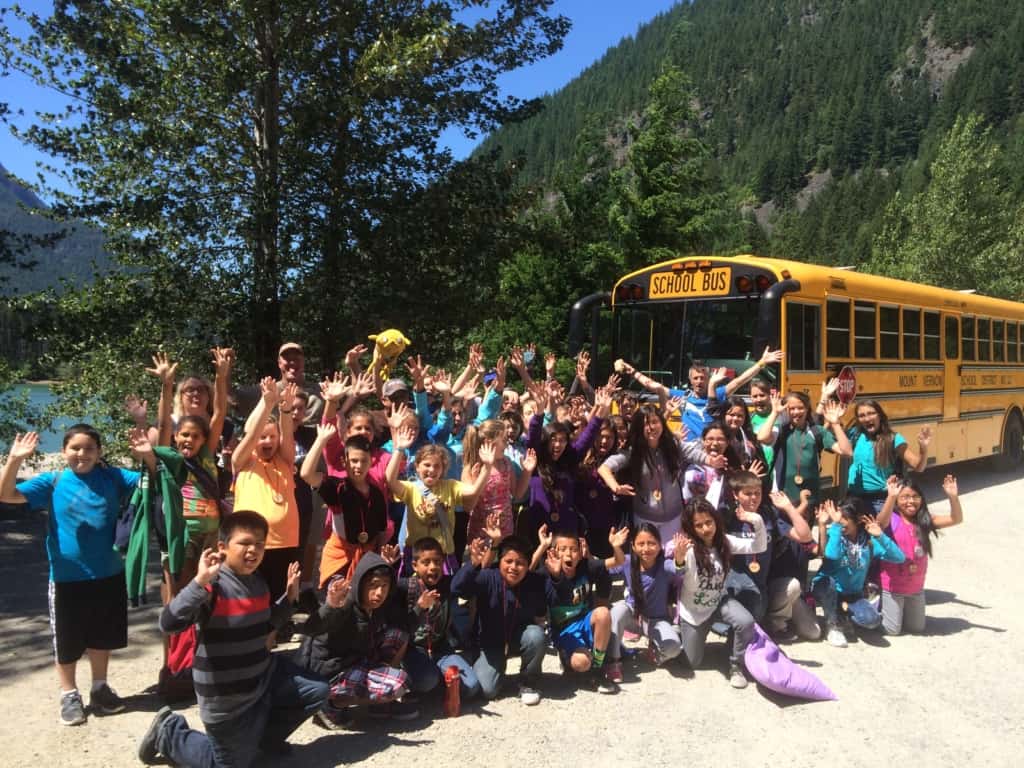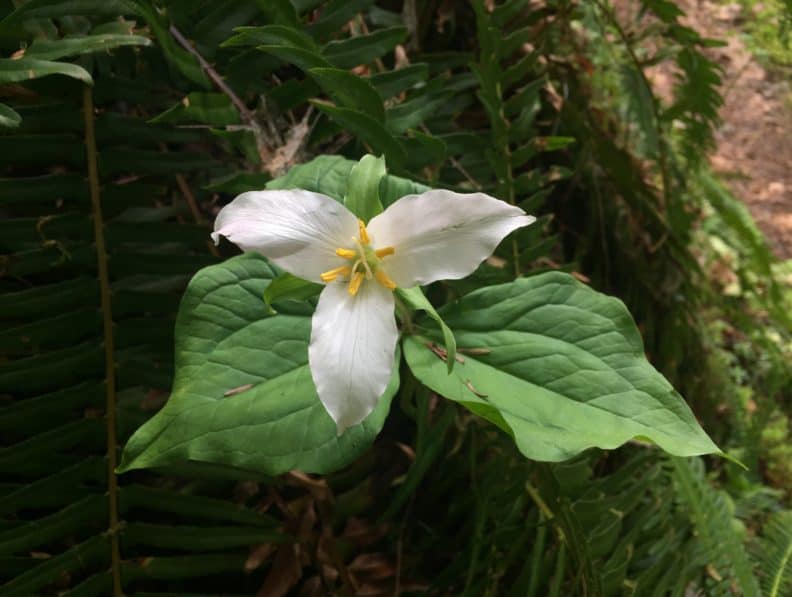
Seven Signs that Spring is Springing in the North Cascades!
Those who have been paying attention to the outside world over the past few weeks have likely noticed a seasonal shift occurring in the Northern Hemisphere. Warmer temperatures have moved in and a new chorus of seasonal visitors fills the air. Yes, it is officially Springtime in Washington! The calendar will soon be moving from March to April, and we have crossed the Spring equinox, moving into ever longer and warmer days. The snow has finally melted around the North Cascades Environmental Learning Center and the forest is humming with tweets and chirps, flowing creeks and vibrant greens.
While Spring is only just beginning, there are already signs of the new season everywhere! Here are some highlights:
1. Waterfalls!
-
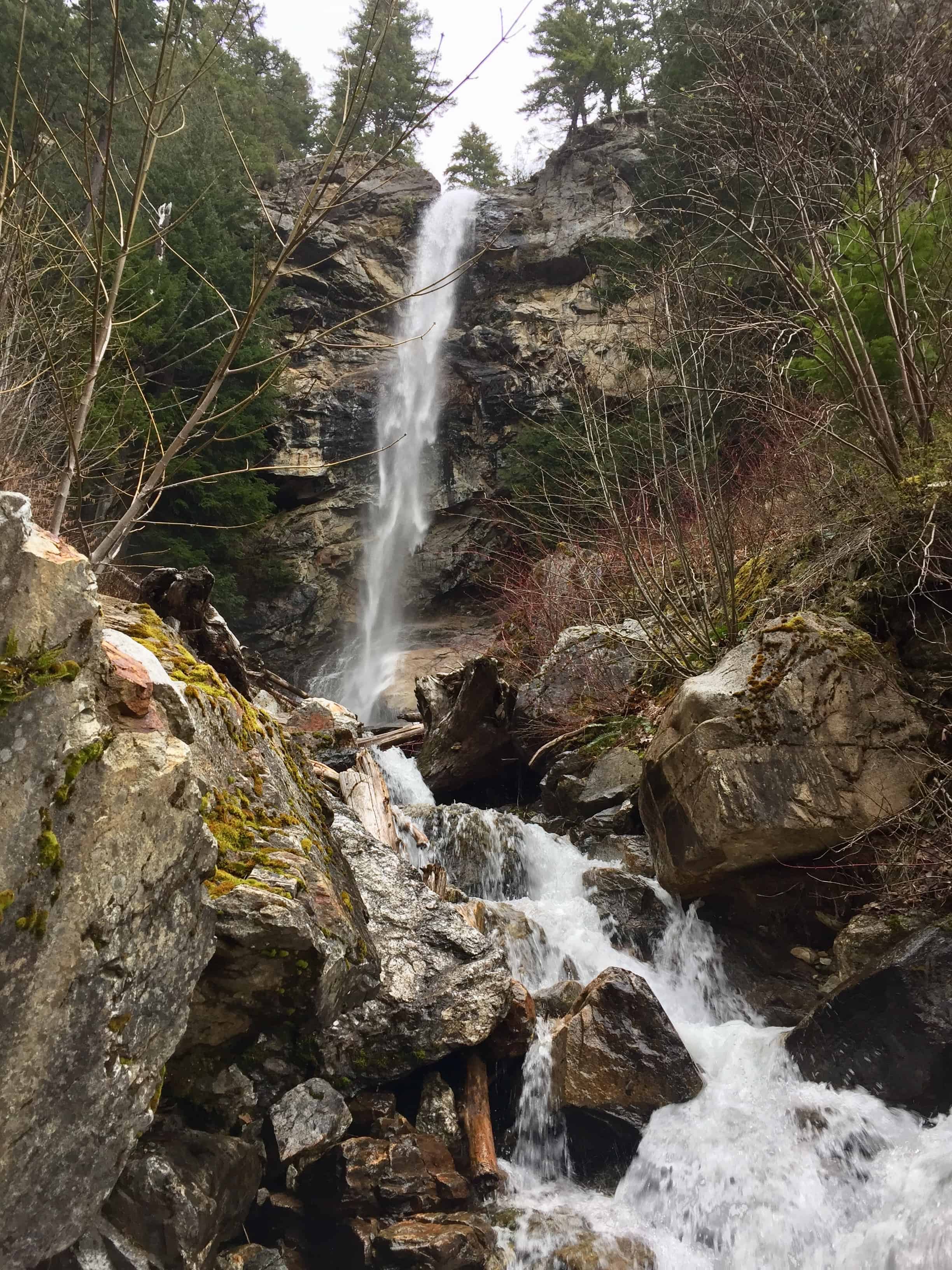
The waterfall up Sourdough trail is raging from spring melt Its hard to take a drive up Highway 20 without taking notice of the plethora of water features that shower the rocks at nearly every bend in the road. During the Winter months, most of our waterfalls freeze, creating a spectacle of icy sculptures that are impressive in their own right. However, the Spring sun is now baking the cliffs and thawing the alpine snow, allowing the waterworks to unleash. Nearly every cliff and rock face is currently hosting a unique cascade; splashing, crashing and spraying with full force of the winter snowpack releasing to the valley below. It’s truly a sight to see.
2. Canada Geese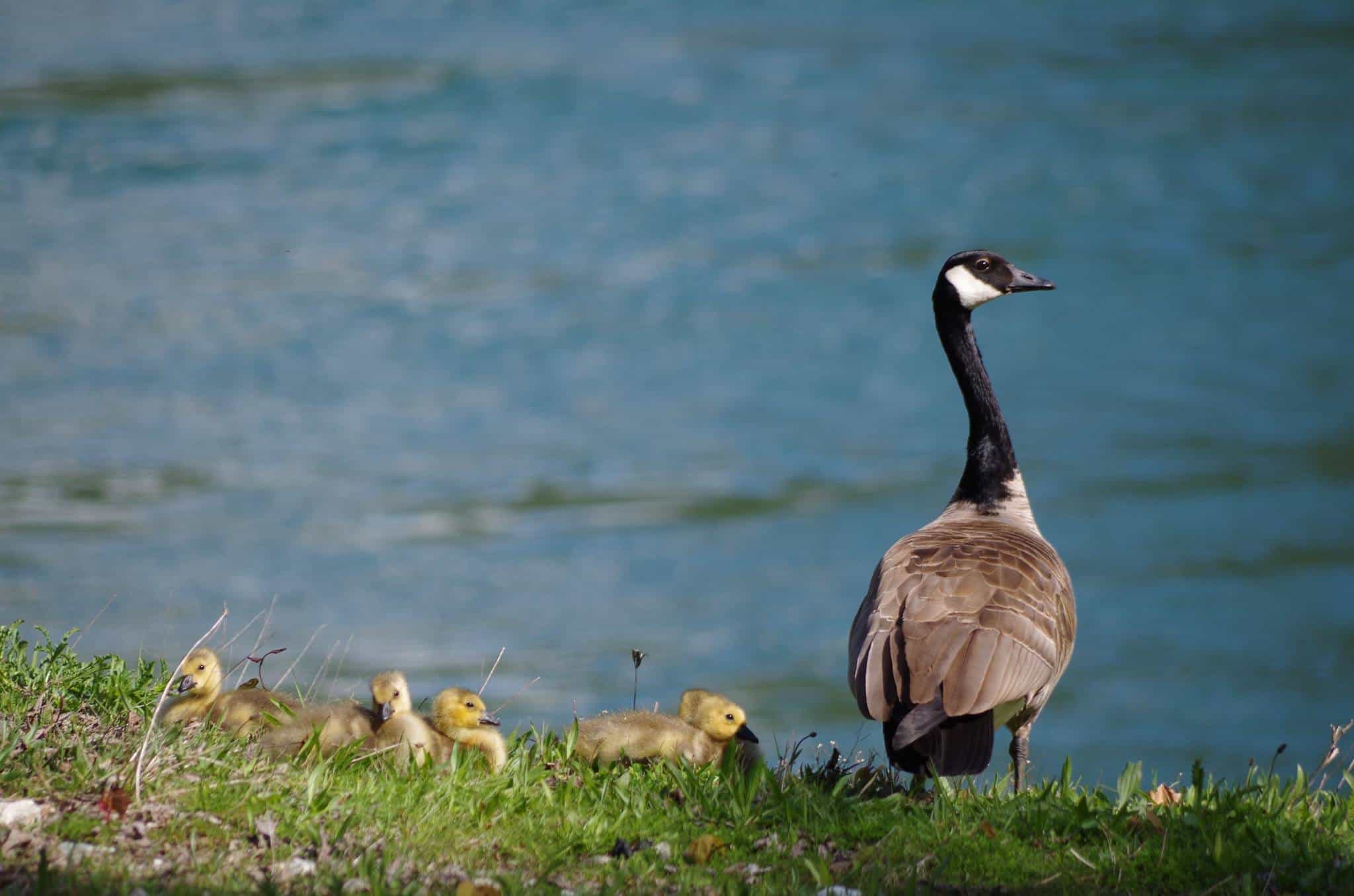
There is a familiar honking overhead this time of year, following the receding snowline North in a V formation on the first warm winds of Spring. You don’t have to be a bird expert to instantly recognize the unmistakable long, black necks with white cheeks of this common waterfowl. That’s right, Canada Geese have returned to Pacific Northwest! During the Spring season, Canada Geese are often spotted in mating pairs staking out nesting territory, and preparing to hatch those oh-so-adorable goslings. While you don’t need to travel to the mountains to see them, it’s a welcome sight to have them back home on the waters of Diablo Lake.
3. Indian Plum
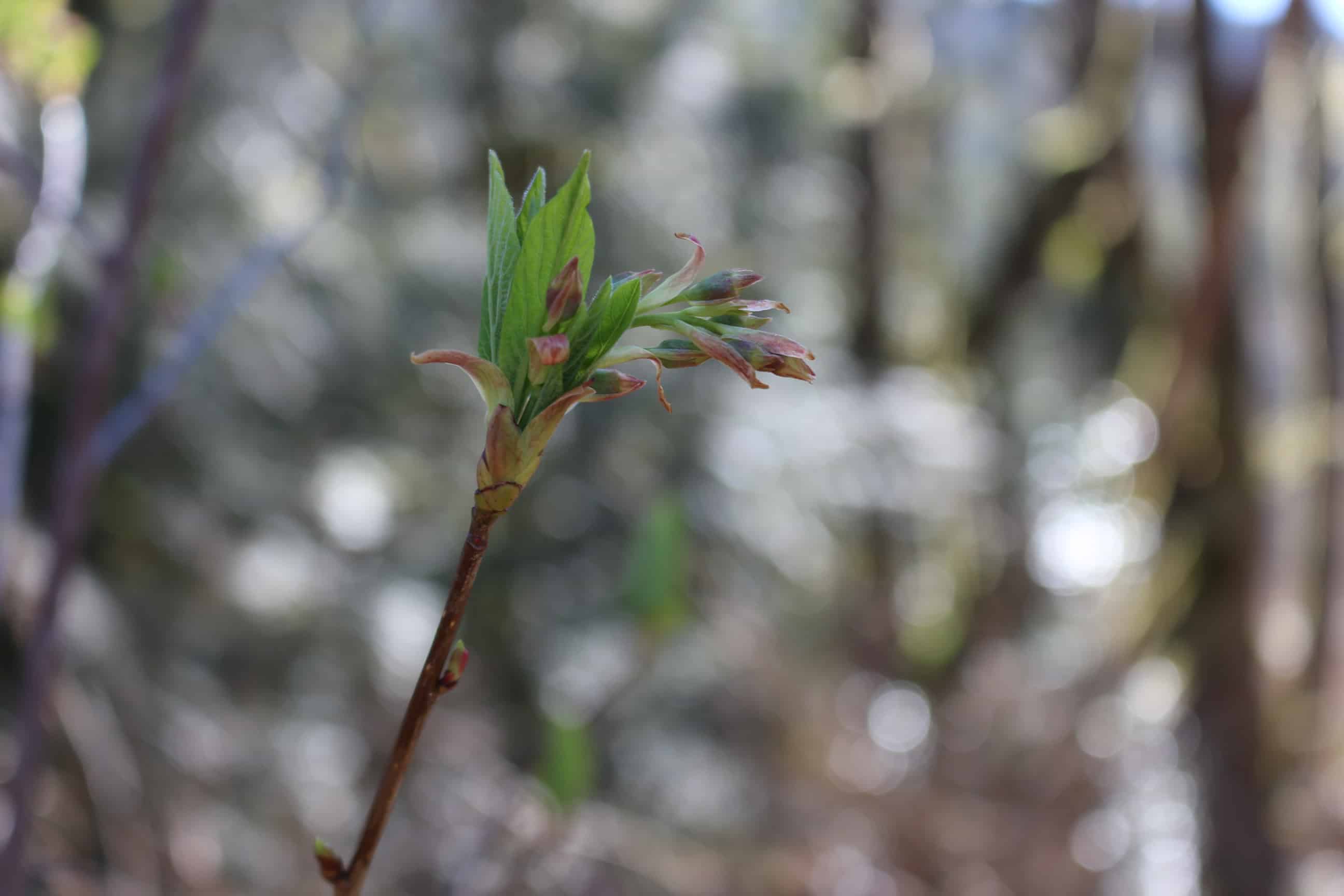
While Spring brings a wide variety of blooms and budding, perhaps the earliest is Indian Plum (Oemleria cerasiformis). Beginning its bud in February, when it seems that warm weather is still far away, this deciduous shrub gives a speck of hope and Spring is around the corner. Indian Plum is now in full Spring mode, and soon clusters of white flowers and purple berries will emerge to attract songbirds and plant enthusiasts alike.
4. Pasque Flowers
Every Spring, when the last of the winter snow melts into soggy soil, one of the first new arrivals to the forest floor is this magnificent little gem. Western Pasque Flower (Anemone occidentals) can be found throughout the Olympics and Cascades, and are cousins of 33 other Pasque species found throughout the Western North America. One can typically find Pasque Flowers (ranging in color from white to purple) following the receding snowline from open lowland meadows into the alpine throughout the Spring season. I first noticed a cluster of these white beauties about a week ago along the road in Newhalem, a clear signal that wildflower season is just beginning.
5. Chorus Frogs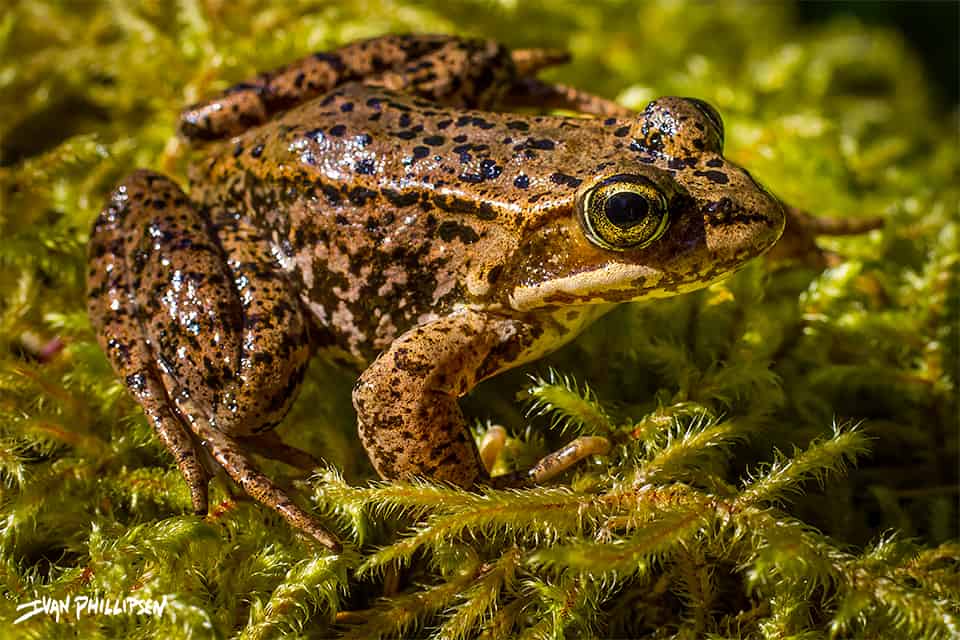
It doesn’t take long after last of the ice melts on shallow ponds for a familiar chorus of amphibians to emerge. The Pacific Chorus (or Tree) Frog (Pseudacris regilla), Washington’s state amphibian, have come alive again in the Cascades. They can be heard around most marshy bogs and ponds filling the evening air with their soothing song. Aside from singing to us, the Frogs have the added benefit of eating tons of bugs and mosquitos that are also beginning to embrace the warmth of spring.
6. Diablo Waters Turning Blue
One of the most iconic images of the North Cascades in the bright turquoise waters of Diablo Lake. The effect comes from a high concentration of rock flower, or glacial flower, that flows into the reservoir from Thunder Creek, a highly glaciated watershed that carries snowmelt and glacial water into the Upper Skagit. High in the Cascadian alpine, glaciers are slowly grinding and pulverizing rock into a fine dust that gets carried down with the Spring melt. This flower is so fine that it hangs suspended the Diablo’s sparkling waters, causing a spectacular refraction of blue as the sunlight kisses the lake surface. The colors are just starting to emerge on Diablo, and will no doubt continue to brighten as the Spring marches on!
7. Snow Removal
While you wouldn’t know it from down below in the Skagit valley, but WSDOT crews have already begun the process of clearing the North Cascades Highway of its Winter snowpack. The job usually takes anywhere from six to eight weeks depending on snow depth, and of course, more snow could still fall on higher elevations. But the start of road clearing brings the frenzied anticipation of renewed access to the splendor of the Cascadian high country. Stay tuned here for an official updates on the plowing progress, and announcements of an opening date!
Oh, and of course…. Mountain School is underway!
With summer crowds still a few months away, we’re enjoying comfortable daytime temperatures, snow-capped mountains and signs of life emerging at every turn. Spring is a perfect time to explore the North Cascades.
Check out our Classes and Events calendar to book your Base Camp Learning & Lodging visit (with discounted shoulder season prices through April) or join a small-group class at the Environmental Learning Center today ~ they’re filling up fast!


